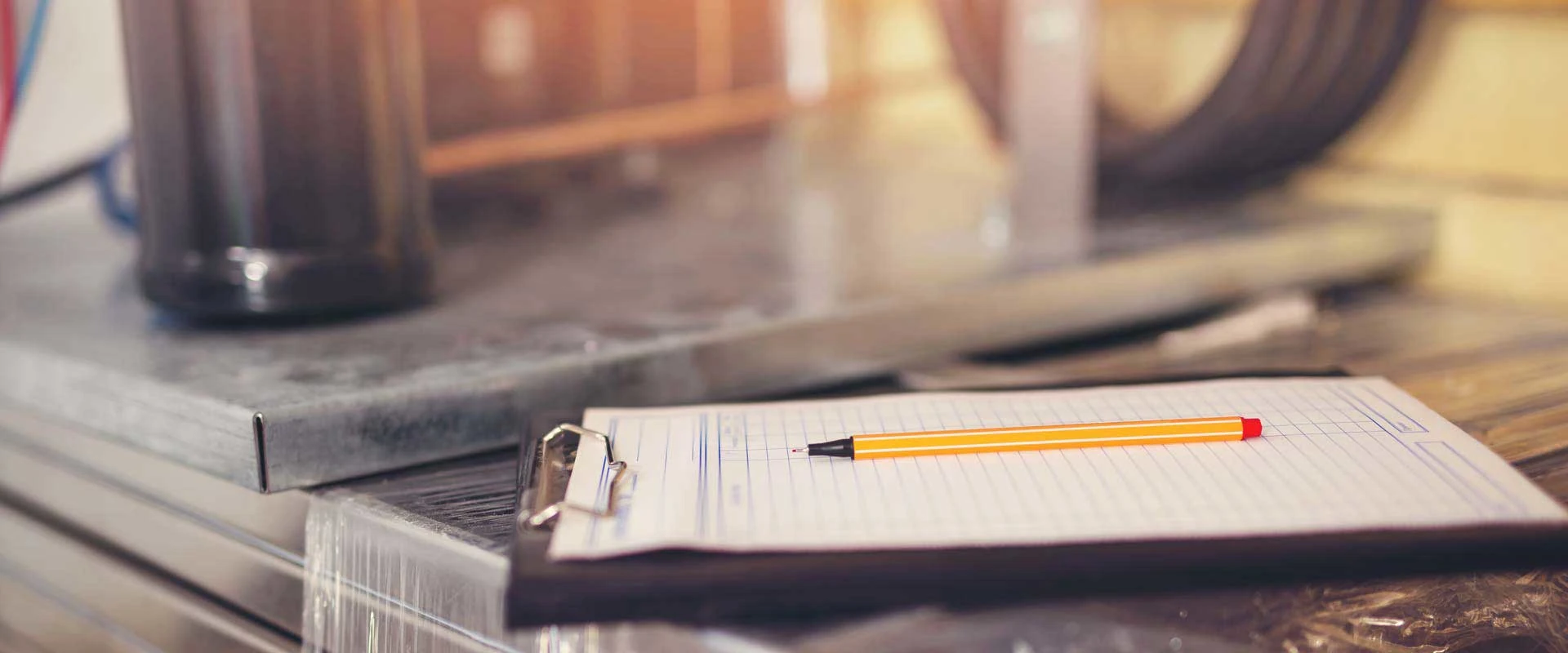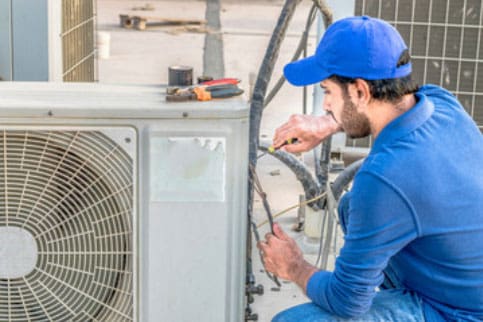Introduction
Whether you're a homeowner or a business operator, maintaining your HVAC system Tailored Mechanical is crucial for ensuring comfort and efficiency. As systems age, they can develop signs of wear and tear that should not be ignored. This article will delve deep into the Signs Of Wear And Tear In Older Systems That You Shouldn’t Overlook!, providing insights, tips, and essential information to help you make informed decisions regarding HVAC repair in Tucson.
Understanding Your HVAC System
What is an HVAC System?
An HVAC (Heating, Ventilation, and Air Conditioning) system is integral to maintaining indoor air quality and thermal comfort. It includes components like furnaces, air conditioners, ducts, and thermostats. Knowing how these parts work together can help you identify when something's amiss.
Importance of Regular Maintenance
Regular maintenance can extend the life of your HVAC system and improve its efficiency. Think of it as a health check-up; just like you'd see a doctor for routine check-ups, your HVAC system needs similar attention. Neglecting this aspect could lead to costly repairs or replacements down the line.
Signs Of Wear And Tear In Older Systems That You Shouldn’t Overlook!
1. Unusual Noises from Your System
Hearing strange noises? It's never a good sign.
- Common Sounds: Rattling, banging, or hissing could indicate loose parts or airflow issues. What to Do: If you hear these sounds regularly, it's time for HVAC repair in Tucson.
2. Inefficient Cooling or Heating
Does it feel like your thermostat is lying?
- Symptoms: Rooms that are too hot or too cold might signal worn-out components. Immediate Action: Contact Tailored Mechanical for an inspection.
3. Increased Energy Bills
Noticing a spike in your utility bills?
- Why It Matters: An inefficient system strains to maintain temperatures—leading to higher costs. Solution: Schedule a thorough evaluation with professionals specializing in HVAC repair in Tucson.
4. Frequent Cycling On and Off
Is your system running like it's on a treadmill?

- Understanding Short-Cycling: When your unit frequently turns on and off without completing a full cycle, it may indicate issues with the thermostat or compressor.
5. Strange Odors Emanating from Vents
Smell something funky?
- What It Could Mean: Musty odors might indicate mold growth; burning smells could point to electrical issues.
The Components that Typically Show Wear and Tear
6. Ductwork Deterioration
Your ductwork plays an essential role in air distribution.
- Signs of Damage: Look for visible tears or rust.
7. Thermostat Malfunctions
Old thermostats may fail to regulate temperature effectively.
- When to Replace It: If your thermostat is more than ten years old, consider upgrading it.
8. Refrigerant Leaks
Low refrigerant levels can severely impact performance.
- How to Detect Leaks: Check for ice buildup on coils; this is often indicative of low refrigerant levels.
Why Ignoring These Signs Can Be Costly
Neglecting the signs of wear and tear can lead to catastrophic failures that might require expensive repairs or complete system replacement.
Safety Risks: Faulty systems can pose safety hazards such as carbon monoxide leaks. Comfort Disruptions: A malfunctioning unit affects living conditions drastically. Cost Implications: Delaying repairs often leads to higher costs down the road due to extensive damage.Frequently Asked Questions (FAQs)
Q1: How often should I service my HVAC system?
A1: Ideally every six months—before summer and winter seasons—to ensure optimal performance.
Q2: Can I fix minor issues myself?
A2: While some tasks are DIY-friendly, it’s best to consult experts for anything beyond basic maintenance.
Q3: What are the typical signs that my AC unit needs replacing?
A3: If you’re facing frequent repairs or if the unit is over ten years old, consider replacement options.
Q4: How do I know if my ductwork is leaking?
A4: Look for uneven temperatures in different rooms or increased dust accumulation indoors—these may signal leaks.
Q5: Is regular maintenance really worth it?
A5: Absolutely! Regular upkeep saves money by improving efficiency and prolonging equipment lifespan.
Q6: What’s included in an HVAC inspection?
A6: Technicians typically check filters, ducts, refrigerant levels, electrical connections, and overall functionality during inspections.
Conclusion
Understanding the Signs Of Wear And Tear In Older Systems That You Shouldn’t Overlook! allows homeowners and business operators alike to take proactive steps toward maintaining their HVAC systems effectively. By recognizing these signs early on—be it unusual noises or rising energy bills—you can save yourself from costly repairs later on. Trust Tailored Mechanical for reliable services when you need HVAC repair in Tucson; they have the experience and expertise necessary to ensure your comfort year-round! Don’t let wear and tear sneak up on you—stay informed!

This comprehensive guide ensures that readers grasp all facets of maintaining their older systems while focusing heavily on common signs that indicate wear and tear that should not be overlooked!